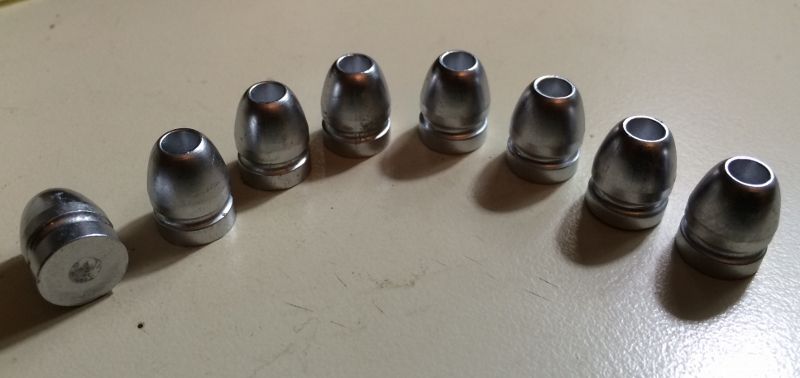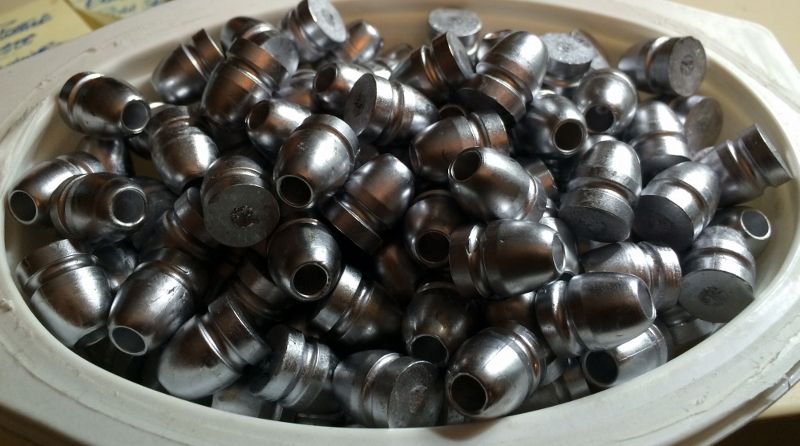With my casting pot temp? I have been using COWW, a tiny bit of tin and casting the Lee 3092305R, which really likes to be cool. How low can I run my pot and still effectively pour a good boolit? I know I can cool the mold, going to play with that next time around, but I am spending too much time waiting for it to cool and not enough pouring with only a single mold.
I have a couple more coming to assist me with rotating molds, which I know will help. I have run the pot as low as 625F and still had consistent pours and good looking boolits, but I was afraid to go much lower. When I add an ingot, if the spout (bottom pour) cools too much and the temp gets below 600, I have to wait for it to recover a bit.
Just curious if there is an effective lower limit that I should mind?

|
   
   
|


|





 Reply With Quote
Reply With Quote



















